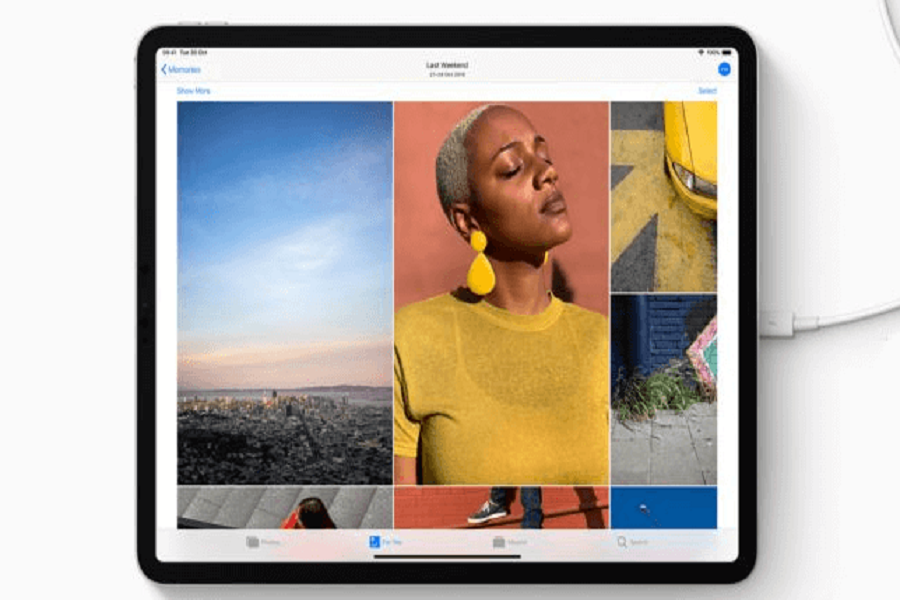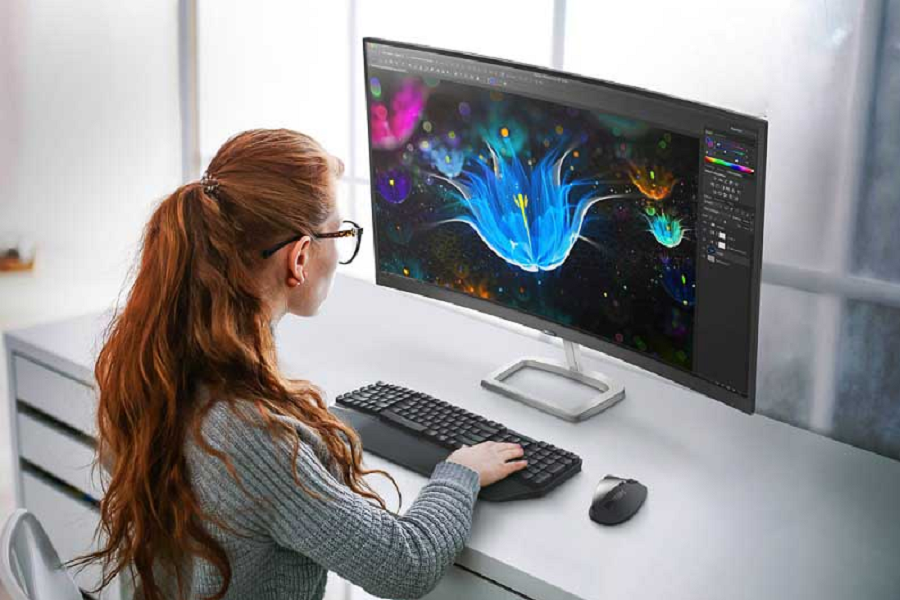When it comes to photo editing, having the right tools at your disposal is crucial for achieving the best results. The monitor you choose plays a significant role in this process, as it directly influences the way you perceive and manipulate images. Photo editing monitors are specifically designed to cater to the needs of photographers, offering features that enhance color accuracy, resolution, and overall performance.
Introduction to Photo Editing Monitors
One of the key characteristics that make a monitor suitable for photo editing is its color accuracy. Accurate color representation is essential, as photographers need to ensure that the colors they see on their screen match the colors that will appear in prints or on other devices. Look for Best monitor for photo editing under 200 that come factory-calibrated or have the capability to be calibrated manually, allowing for precise adjustments to ensure consistent color output.
Another important aspect is resolution. A higher resolution monitor enables photographers to see fine details in their images, making it easier to spot imperfections or make precise adjustments during the editing process. While many professional monitors offer 4K resolutions, budget options can still provide sufficient clarity with Full HD (1920×1080) or 2K (2560×1440) resolutions that are fitting for hobbyists and emerging professionals alike.
Screen size also plays a role in the editing experience. A larger screen allows for a better overview of the image and provides ample workspace for multiple applications or tool palettes, enhancing efficiency during editing sessions. However, budget constraints often limit options, particularly for hobbyist photographers. Fortunately, many quality monitors designed for photo editing can be found under $200, offering photographers a variety of choices that balance performance with affordability.

Top Monitor Recommendations Under $200
When it comes to photo editing, selecting the right monitor is essential for achieving accurate color representation and detailed work. Fortunately, several options available for under $200 cater to these requirements without compromising quality. Below, we present a curated list of some of the best monitors for photo editing within this budget, highlighting their key features, strengths, and weaknesses, along with suitable use-case scenarios.
- ASUS ProArt PA248QV
The ASUS ProArt PA248QV is a strong contender in the budget category, featuring a 24-inch IPS panel with 1920 x 1200 resolution. With a 100% sRGB color gamut coverage and factory-calibrated color accuracy, this monitor excels in photo editing tasks. It comes equipped with several connectivity options, including HDMI, DisplayPort, and USB hubs. While its ergonomically designed stand allows for flexible adjustments, its slightly lower brightness may be a limitation for some users, especially in brightly lit environments. - Dell UltraSharp U2415
Another excellent choice is the Dell UltraSharp U2415, boasting a 24-inch screen and a resolution of 1920 x 1200 pixels. It provides superior color accuracy and wide viewing angles thanks to its IPS technology. The monitor includes a variety of ports, facilitating multiple device connections. Though slightly pricier than other monitors in this range, its robust build quality justifies the investment, especially for professionals who require reliable performance. - LG 24MP88HV-S
The LG 24MP88HV-S features a sleek design and a 24-inch IPS display with Full HD resolution. It offers excellent color accuracy and impressive viewing angles, making it suitable for photographers looking to edit images with fidelity. Its built-in color calibration feature enhances consistency. However, it lacks some advanced connectivity options, which may limit versatility in certain setups.
In conclusion, these monitors provide valuable options for photo editing enthusiasts and professionals alike while remaining budget-friendly. Each model has its distinct strengths, making it critical to evaluate them based on individual editing needs and workspace requirements.
Related Articles: Online photo editing service
Tips on Choosing the Right Monitor for Photo Editing
When selecting a monitor for photo editing on a budget, several essential factors must be considered to ensure optimal performance and accuracy. Foremost among these is color calibration. Monitors that offer accurate color reproduction are crucial for photo editing, as they enable you to assess images as they truly appear. Look for monitors that support wide color gamuts, such as sRGB, Adobe RGB, or DCI-P3, and those that can be easily calibrated using tools or software to maintain consistent color accuracy.
Another critical consideration is the resolution of the monitor versus its refresh rate. A higher resolution, such as 1920 x 1080 (Full HD) or greater, provides more detail and clarity, making it easier to discern subtle color variations and editing adjustments. Although refresh rates are important in gaming, they are less impactful in photo editing, where a 60 Hz refresh rate is generally sufficient. Therefore, prioritize resolution for detailed work without compromising on other essential features.
Other recommended features include an adjustable stand for ergonomics and comfort during extended editing sessions, as well as multiple connectivity options such as HDMI, DisplayPort, or USB-C. This flexibility ensures compatibility with various devices, making it easier to connect your editing equipment. Furthermore, if possible, test potential monitors in-store. This hands-on approach allows you to assess how different settings, such as brightness and contrast, influence color perception. Focus on settings that enhance color fidelity to ensure the best outcome in your photo editing tasks.

